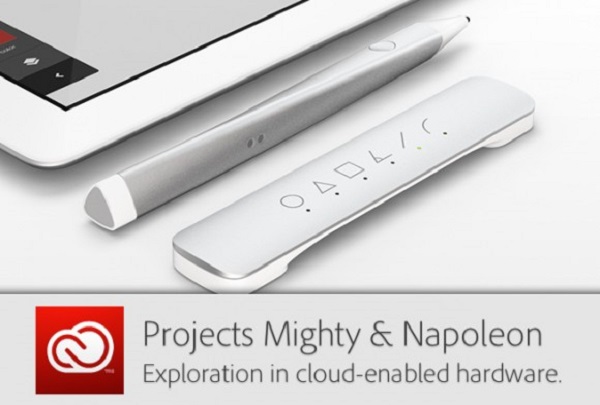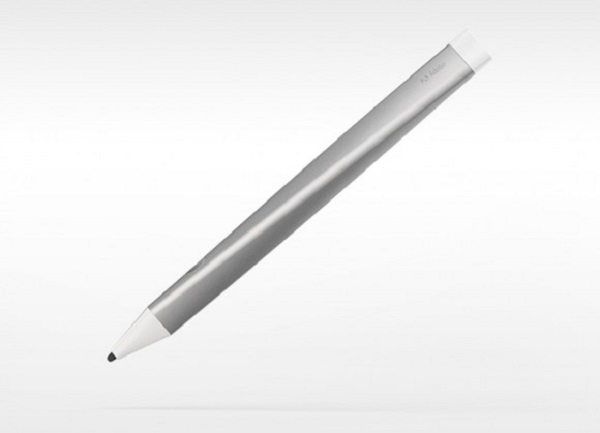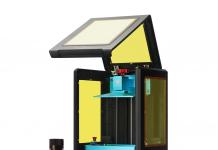Soon after announcing that it won’t deliver software in physical boxes anymore, Adobe brought to public attention its first two hardware releases: Projects Napoleon and Mighty.
The names of these two pieces of hardware show (possibly for the first time ever) that Adobe’s XD team speaks irony and humor fluently. Project Mighty is obviously a reference to the old saying that “The pen is mightier than the sword.” Project Napoleon, on the other hand, got that name because of its small dimensions. In case you didn’t know by now, Napoleon Bonaparte stood 1.68m tall. By the looks of it, Project Mighty is mightier than the pen.

Michael Gough, VP of Product Experience for Adobe, goes on to explain how these two devices work in a clip that you can watch at the end of this post. Before providing more details, I would like to say that I won’t credit Adobe for originality as far as its Project Mighty goes. Wacom manufactures interactive pens that would kick Project Mighty’s behind any day of week, in terms of response times and more.

Project Mighty, along with a tablet (that I assume it’s an iPad; correct me if I’m wrong) is what Michael Gough admits to have used in the past year instead of pen and paper. First of all, he shows us how Mighty can be used for drawing, which is a basic task. At press time, the most voted comment on that video was referring to the delay that is too long to be practical. Mighty stores the Adobe identity of its user in the cloud, thus allowing people to use the smartpen (too bad I can’t coin this!) for copy-pasting drawn figures across various devices, for example.

Project Napoleon is a small ruler that projects lines on the display of the tablet. In other words, it enables people to draw lines by following some virtual guides. On top of that, the device can be used for drawing arcs and other shapes. For more details, you will have to watch the video.

I can understand Adobe’s desire to expand its products and to enter a different (yet adjacent) market, but if it really wants Projects Mighty and Napoleon to compete against Wacom’s products, for example, it needs to improve a lot of aspects, the response time being only one of them. Anyway, it’s nice to see a software company’s first attempt at creating pieces of hardware that work in tandem with their other products.
If you liked this post, please check these 5 alternatives to Adobe Reader and the Adobe Photoshop cookies.










